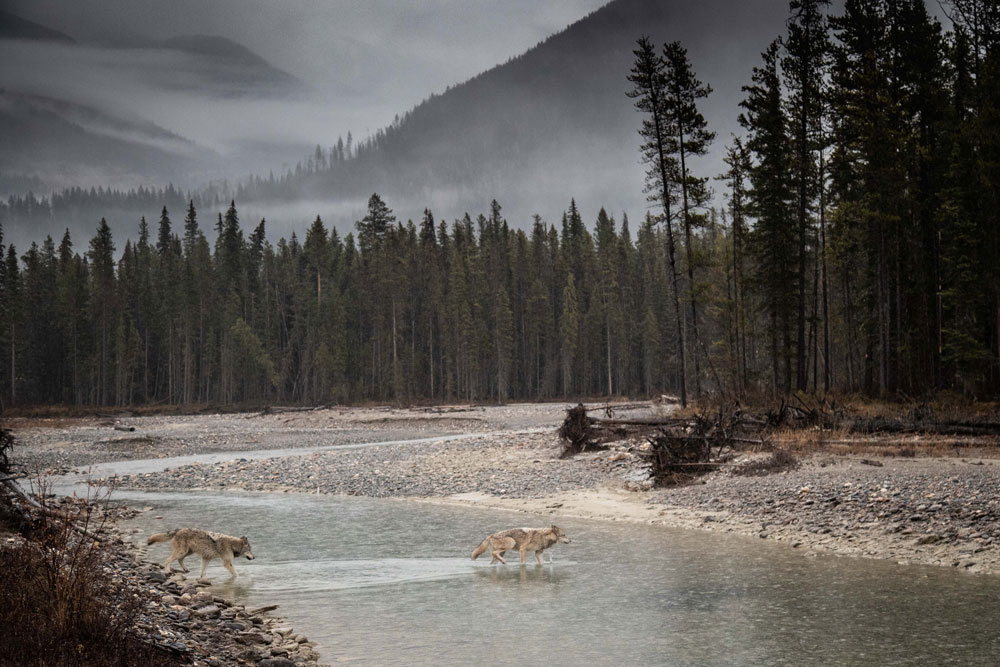
This documentary looks at a poison program that is happening right in our backyard. At its core, this is a story about our relationship with wolves – a relationship based on love, hate and fear.
Background: Andrew Budziak is a Toronto-based filmmaker and photographer. He specializes in telling stories about our changing world. Whether producing stories for radio, broadcast or print, Andrew’s camera is always across his shoulder capturing the places he’s visited.
Andrew worked for a number of years at the CBC as a producer and reporter for television and radio. While covering stories from the CBC’s London, UK bureau, Montreal, Winnipeg and Toronto, Andrew developed a keene and critical eye for underreported stories.
That critical eye continued to help Andrew in 2012 when he departed the journalism world to work for GlobalMedic – an international disaster response agency. Andrew led deployments around the world, coordinating aid relief in areas ravaged by natural disasters. While on deployment, Andrew’s camera was always at hand allowing him to capture stunning photos of the people he met on his journeys.
The time Andrew spent overseas in disaster zones inspired him to return to storytelling. After founding the production company 8 String Media is 2015, Andrew’s stories have focused on people who have real solutions for our ever struggling planet.
Currently living in Toronto, Andrew has worked in Pakistan, Bosnia, the Philippines, Japan, Mexico, the United Kingdom, India, the United States, and across Canada. His work has been featured on BBC, TVO, CBC, and in the Associated Press.
JR: The Luminous Landscape is very pleased to premier the trailer for Andrew’s documentary film “Poisoned Earth”, the link for which you’ll find below.
Additionally, I had the privilege of asking Andrew a few questions about his practice and approach. Peppered throughout the interview are some of Andrew’s photographs, they expose the range of locations and environments he has visited and investigated, including that of the wolves he documented for his film, set in Alberta Canada.
Film summary:
“Poisoned Earth explores what happens when we chose one animal over another. This documentary looks at a poison program that is happening right in our backyard. At its core, this is a story about our relationship with wolves – a relationship based on love, hate and fear. For the past several years, the Alberta government has been poisoning wolves in an effort to recover a dwindling caribou population. The film looks at the controversial program, its unintended consequences and what needs to be done to ensure both species have a future.”
JR: Your photographs and the subject of your film suggest a deep interest in ecology, wildlife conservation and appreciation, as well as our roll in the “natural world”. Tell us where this all started for you?
AB: In 2011, I moved to Winnipeg to work as a reporter for the Canadian Broadcasting Corporation (CBC). Some people fight their whole lives for this position. I lucked out and got in early – I was 26. I didn’t really know what I was doing, but I was young and keen so they sent me out to report on the brutal flooding that was ravaging the province that summer. I got to dig really deep into what was happening, and I met families -mostly farming families- who were really struggling. Everyone I spoke to and every story I heard exposed a bit more of this big interconnected system. The way rivers were built, the way flood plans were managed, all of this resulted in what I was seeing. This flooding was happening for a myriad of reasons, and that created a mystery in my mind that I had to solve. I became obsessed with how even small decisions can result in big changes. I needed to know: How does this all work? Not just the science. I wanted to know why we knowingly make the decisions we do that result in such devastation?

These photos helped me piece together this impossible mystery of how ecology, conservation, and environmental policy cascaded throughout the world. I wanted to use my images to personalize these disasters and help people back home relate to what was going on.
A few years later I went to go work for GlobalMedic which is a Canadian NGO that does immediate disaster responses. A flood would hit India, and we’d been there. A typhoon would slam into the Philippines, and it was all hands on deck. I would come to work and my boss would say “I hope you did your laundry last night”. That meant I would be on a flight later that day to Pakistan or wherever. Part of my job was documenting these disasters through photography. For all of these deployments, I had my camera slung across my shoulder (never my neck – if some guy zoomed by on a motorcycle and grabbed it, I didn’t feel like being dragged through the streets of Karachi). Some of the most incredible photographic opportunities I’ve had in my life were in disaster zones. These photos helped me piece together this impossible mystery of how ecology, conservation, and environmental policy cascaded throughout the world. I wanted to use my images to personalize these disasters and help people back home relate to what was going on.
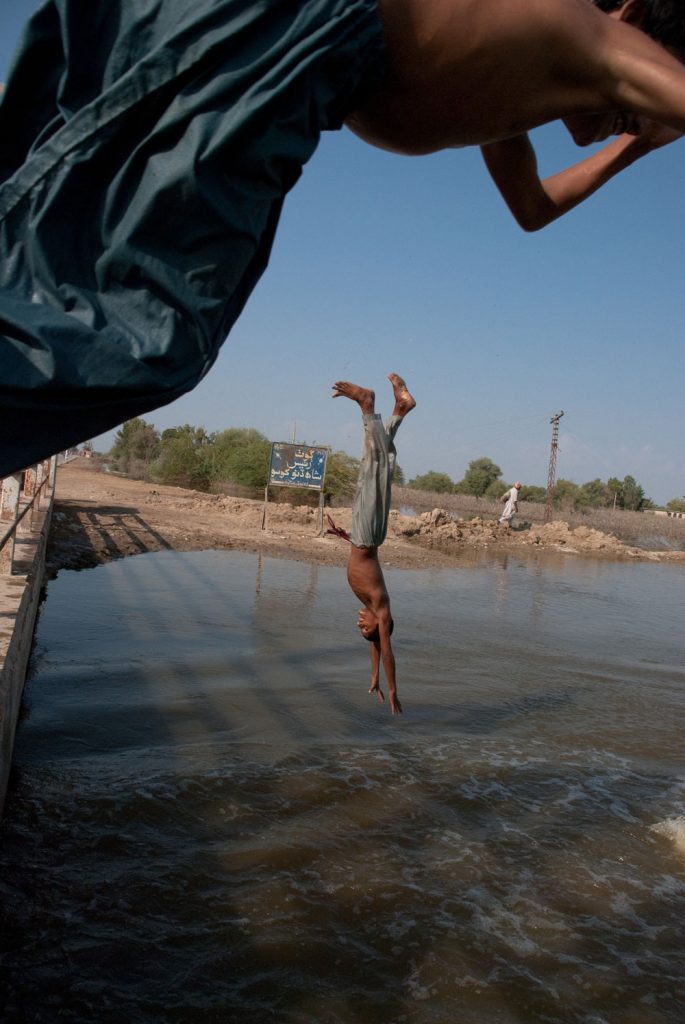
Eventually I returned to pure storytelling and started a small production company called 8 String Media. In 2017, one of this country’s best producers – David McDougall – asked me to go help him document indigenous knowledge about climate change, specifically relating to the southern Hudson Bay polar bear population. At the time my wife was pregnant with our son. When David, our guide Sammy Hunter and I finally made it to the land of the polar bears, my life changed. I was staring down a 400mm lens, watching a polar bear lumber towards us across this moonscape of a tundra. The bear raised his massive head and sniffed the air to figure out if we were worth the fight. He either wasn’t hungry, or was feeling particularly lazy, so he just kind of meandered about going no where in particular. Staring down that lens all I could thing about was: I really hope I can show these incredible beats to my son one day. From that moment on, storytelling about the natural world was the only thing I was going to do in life.
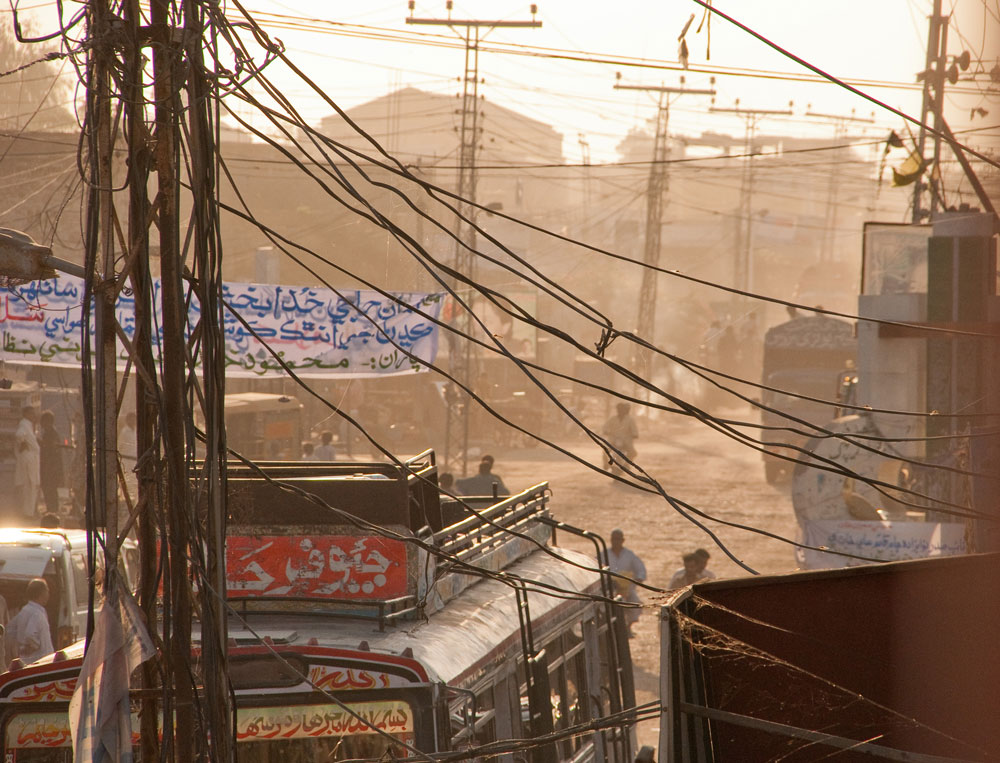
JR: Photographers remain our collective witnesses. They have the exceptional job of offering stories and windows onto worlds and of introducing issues which may be new to people. Tell us about the responsibilities you’ve considered in this current global social climate. Moreover, the challenges you’ve encountered in an era of “opposing truths” with the image as more malleable than ever?
AB: First of all, I’m not a biologist, but any science that appears in my stories is as flawless as I can get it. I have people who are much more knowledgeable about these issues vet the facts I’m presenting. If I’m not 100% sure about something, it stays out.
Second, I don’t have a lot of time for people who chose to ignore the science. There are a lot of people out there who know the science is right, but refuse to act on it because it’s perceived to be an economic disincentive. A lot of the governments in this country and down south that are labeled “climate deniers” aren’t necessarily that. They don’t deny these truths, they just don’t chose to act on them because they feel it will create an image they are hurting the economy.
From that moment on, storytelling about the natural world was the only thing I was going to do in life.
Regarding my responsibilities, I try my best to tell these stories in a clear, concise and entertaining manner. I want my photos to be digestible. I don’t want any of the stories I tell to be needlessly complicated or unnecessarily highfalutin. I’m here to engage, not isolate. Beyond simple cropping, colour correction and maybe a vignette here or there, I don’t do much to my photos. I want my stills to be as honest as possible. A few years ago I came across the work of Belgian photographer Michel D’Oultremont. His nature photography is surreal. I went insane trying to understand his techniques and styles. After breaking down his work, and hearing what he had to say, his genius is made up of two elements: patience and honesty. That guy spends a lot of time waiting for the right moment (even compared to other patient photographers). He also does very little manipulation. He knows he needs to get it right in the field. I try to bring that to my photos as well.
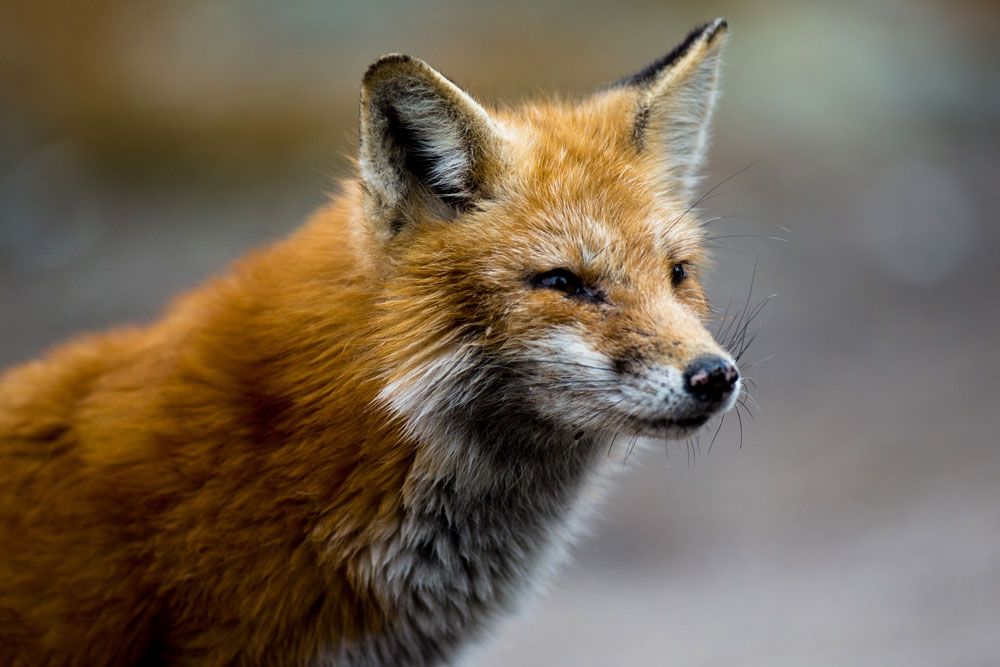
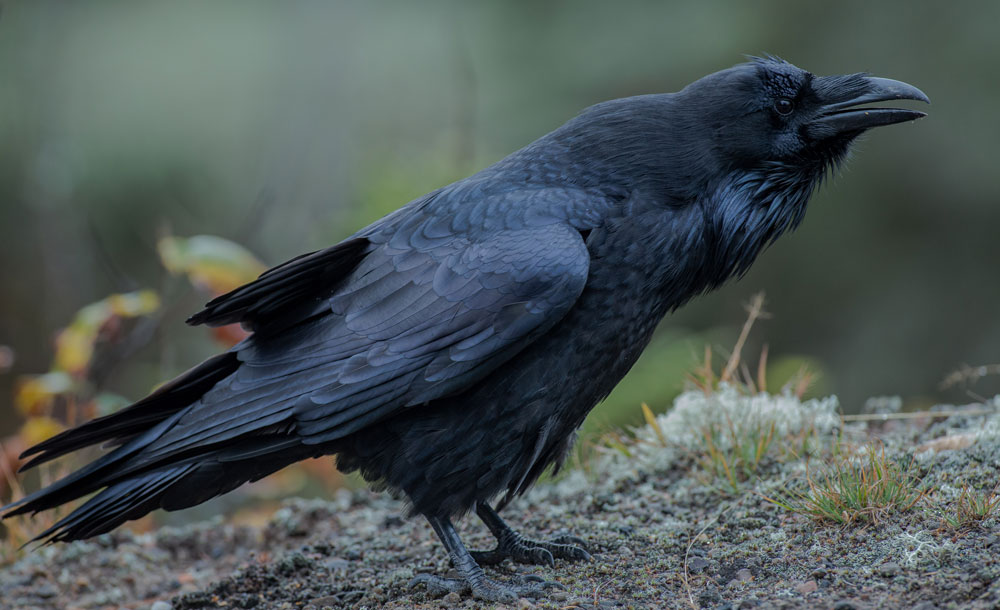
JR: What did you learn while making this film, beyond the plight of the wolves ?
First the negative: for a list of simple and complex reasons, very few governments actually care about ecologically stability in this country. They know they’re only going to be in power for a few years, so why make things difficult? Protecting ecosystems is a lot of work and, with the exception of a select few not many elected officials are up for the challenge.
Now the positive: when I told people across the country that I was doing a story about the Alberta government poisoning wolves, the response I got most often was: WTF?! I was surprised at how surprised people were by this story. Just through a little bit of media and social media exposure, people got whipped into frenzy. This outrage was so encouraging. I knew I was on the right path.
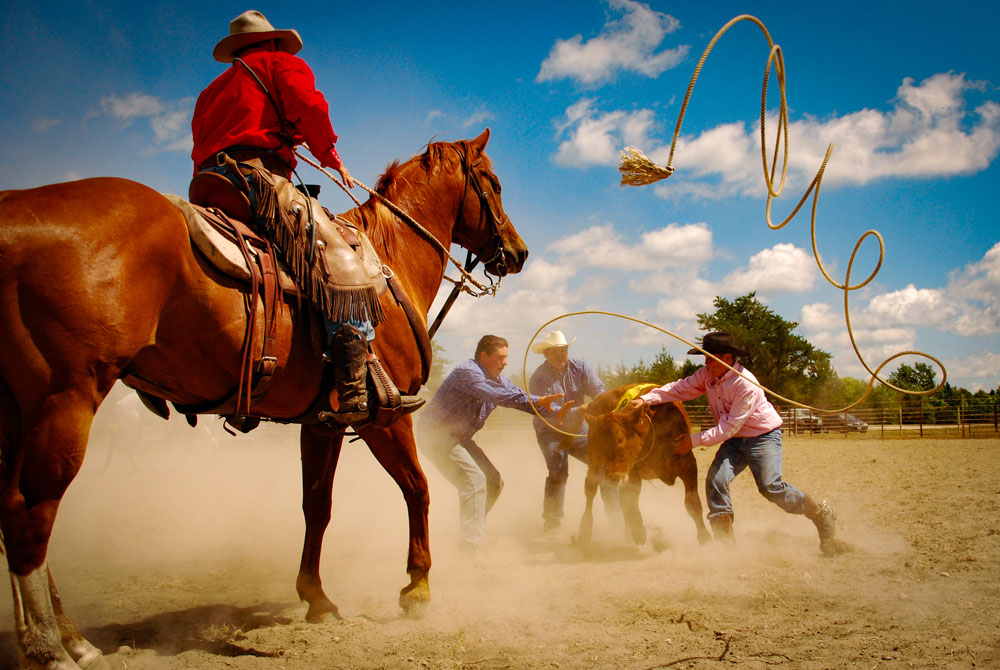
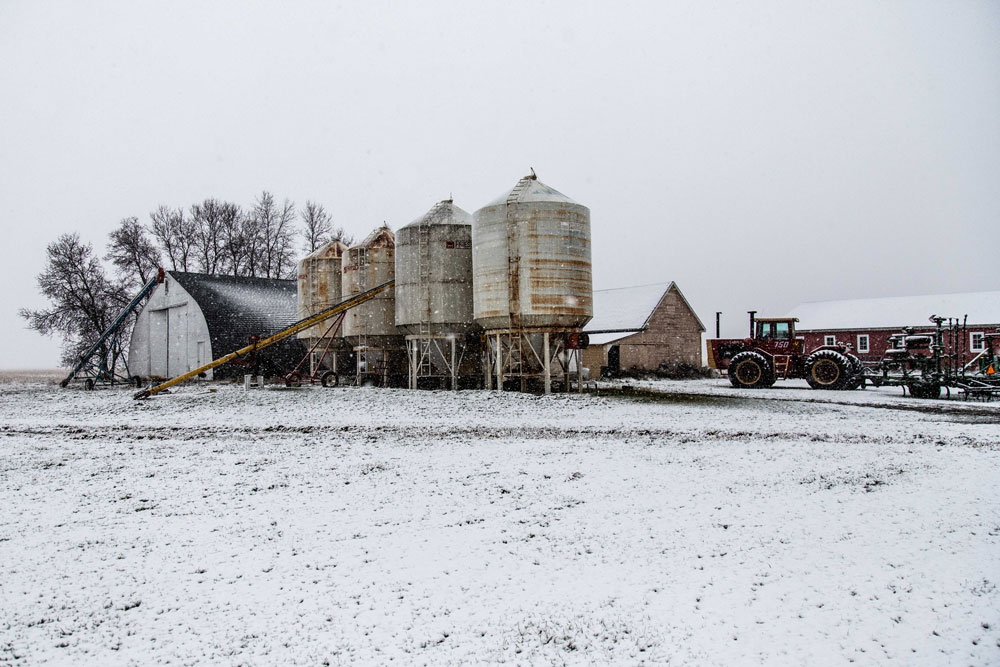
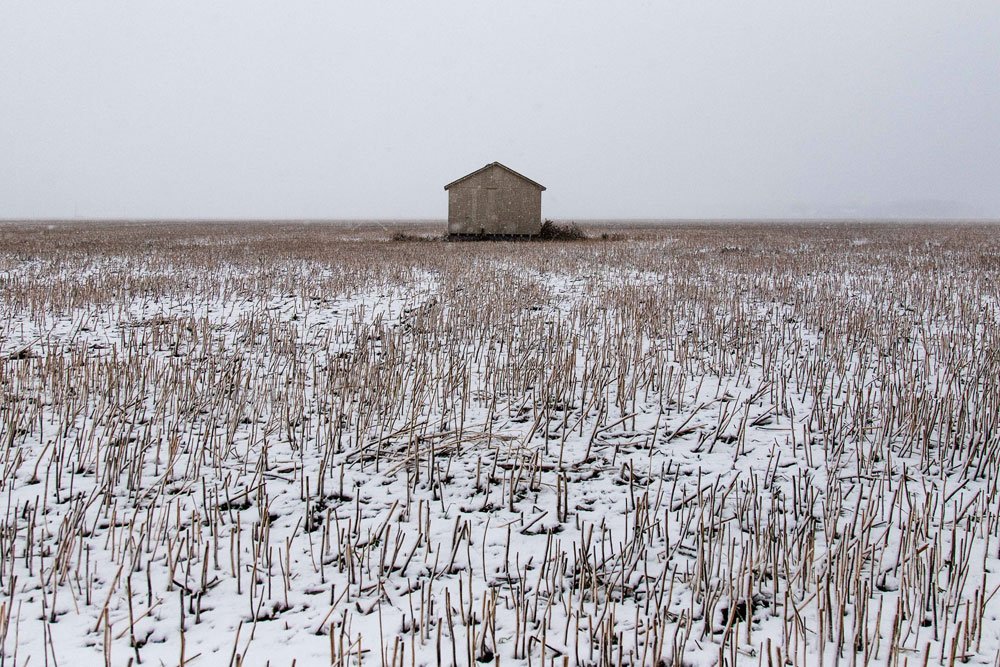
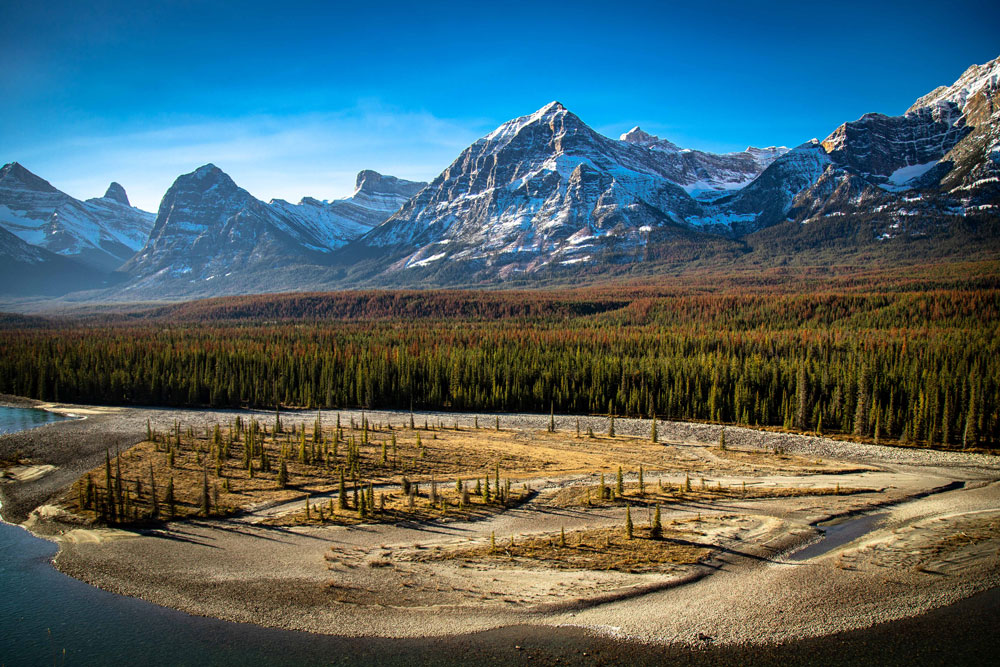
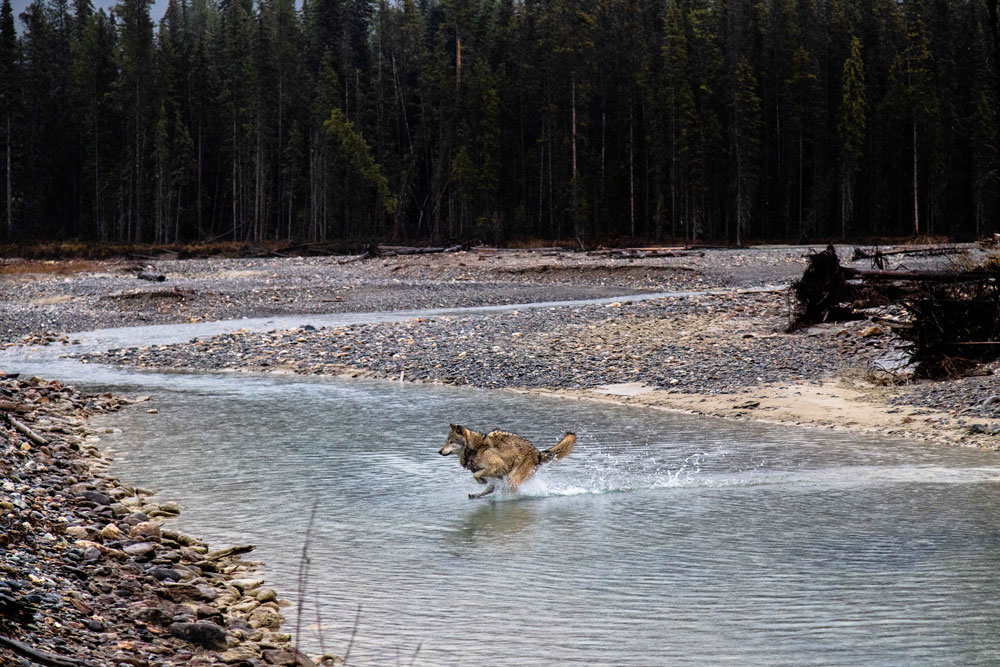
JR: What is next, and has this topic been exhausted for you, or has it made way for other investigations related to this environment and the issues you’ve covered?
AB: This topic has fired me up like you wouldn’t believe. It’s also given me confidence. I can take a skeleton crew, attack a really complex story and end up with something awesome.
Regarding what’s next, I have a number of stories that I want to tell but I keep running into the same issue: there is so little funding for these kind of stories in Canada. For instance, I am ready to go on this insane story about a man who is single handedly cleaning thousands and thousands of pounds of plastic form Canada’s oceans. This is a perfect story that has all of the right elements – he’s literally an underwater action hero saving our whales. But there are limited avenues for getting this kind of project off the ground. I really hope something comes through so we can share this wild tale.
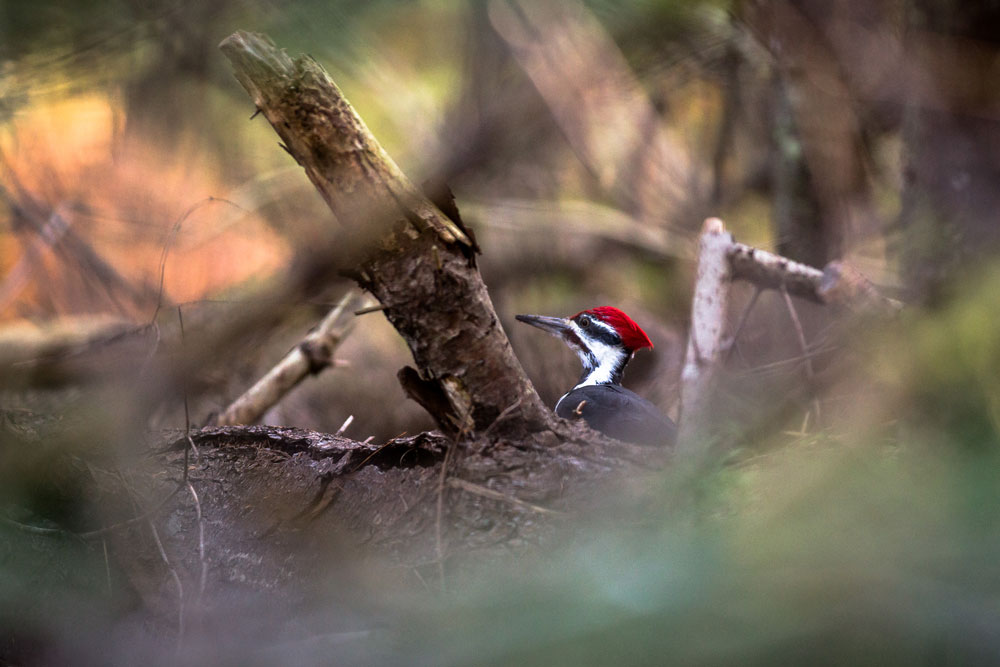
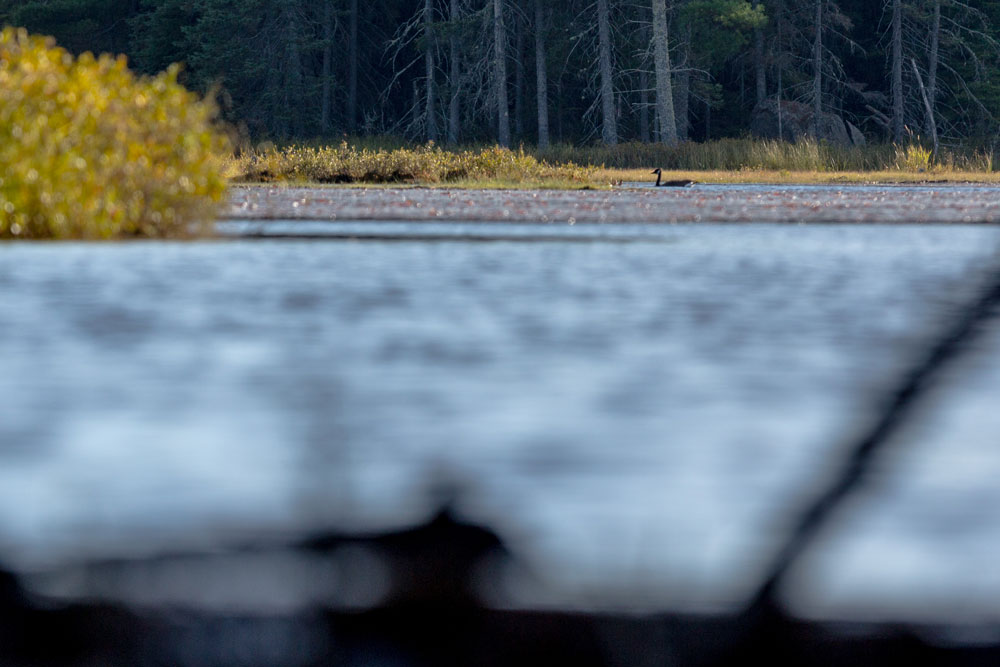
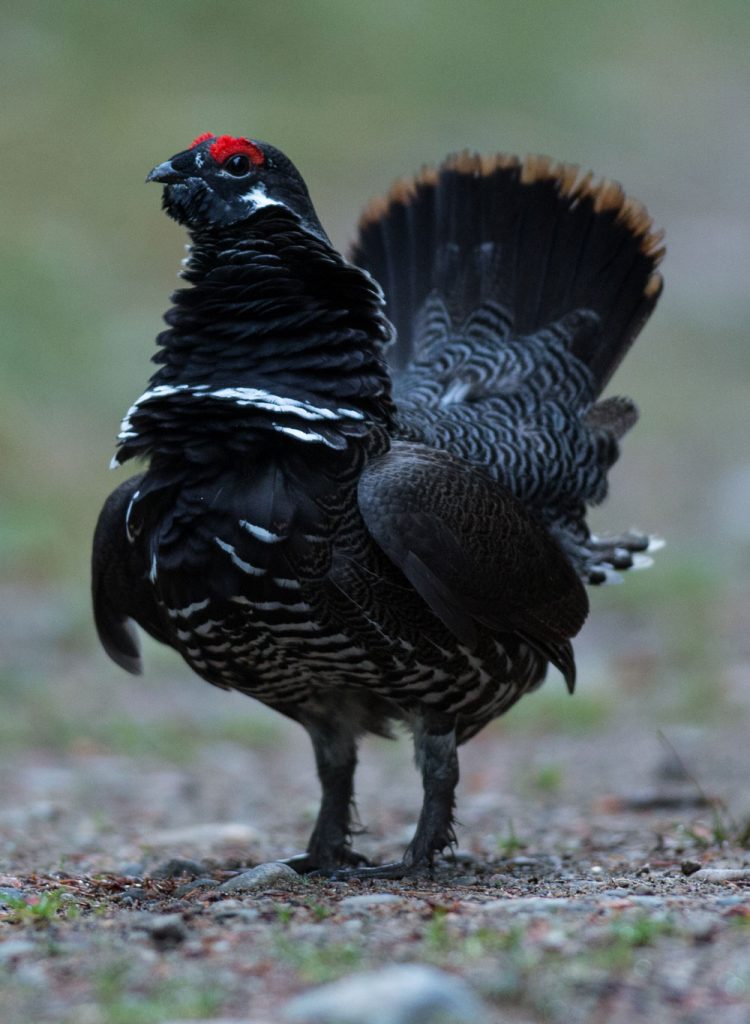
JR: Tell us about film vs. photography for you personally, which one captivates you most and why?
AB: I’m a bit of an odd ball. I’m as comfortable working in photography as I am in film as I am in radio. When I come across a story I have the luxury of sitting back and asking: what medium would best serve this story? As far as I’m concerned though, film is king when it comes to storytelling. It has everything and you can do so much in that format: the audio, the visuals, the emotion. It’s really endless.
But let me tell you a little secret. Since I was in high school developing my own black and white photos in the darkroom, most of the decisions I’ve made in my life have brought me to situations where I could feed my photographic appetites. When I got the green light to make Poisoned Earth, I let out a massive WHOOP and did about 50 fist pumps into the air. Not only would I get to expose what was going on, but I would, once again, get to photograph a wild corner of our perfect blue planet.
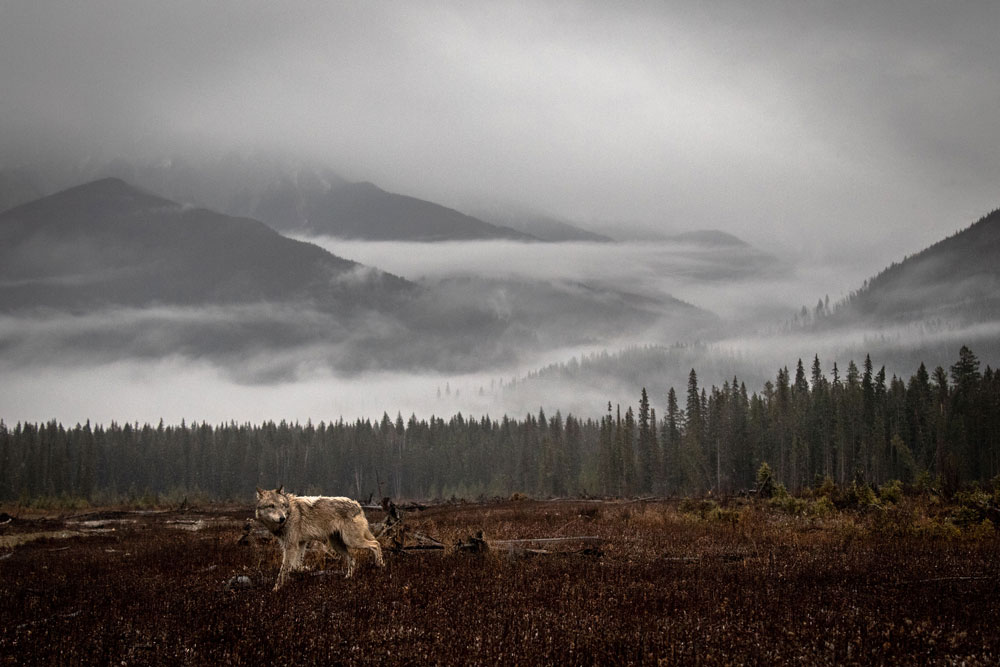
JR: What kind of stills camera set-up is your go to?
AB: My stills camera set up changes depending on what I’m doing. If I’m shooting wildlife, I have a Canon 6D MKii, or a 5D MKiv with a stupid heavy lens (400mm 2.8 IS II USM with a 1.4x or 2x extender, or something like that). Last year I got to try out the 200-400 f4 with the built in 1.4x extender. I fell in love with that lens and I need to find a way to get it in my kit.
For most everything else, I use the 6D MKii. That camera didn’t get great reviews, but I just love everything about it. The images are incredible and the build of that camera is nearly perfect. In my bag, I have either a 70-200 2.8 or f4. I like the weight of the f4 a lot and I’ll use that whenever I can. I have a 50mm 1.4 (L series) as well. I also keep the 24-104 f4 handy at all times. That lens takes some flack because it’s the standard kit lens, but my god does it ever serve well when you don’t know what kind of situation you’re walking into.
For more of Andrew’s work : www.andrewbudziak.com
Josh Reichmann
May 2019








